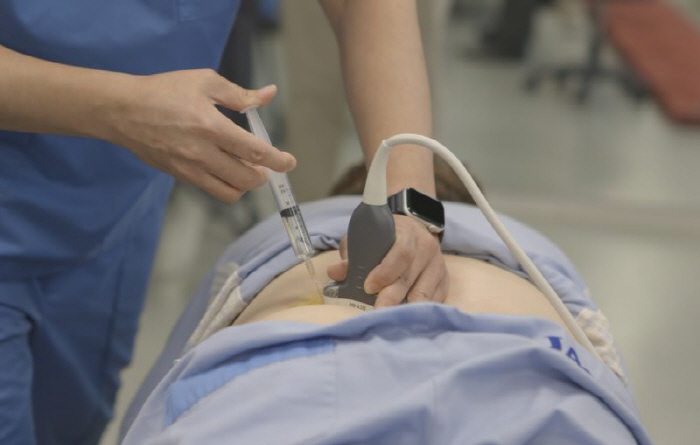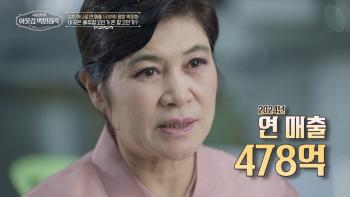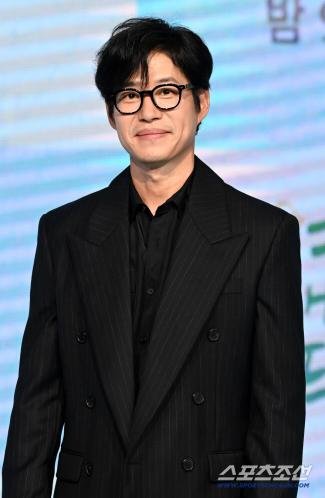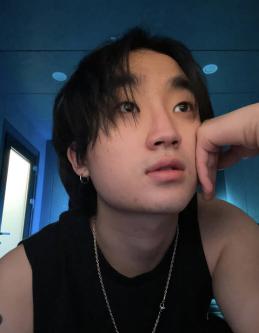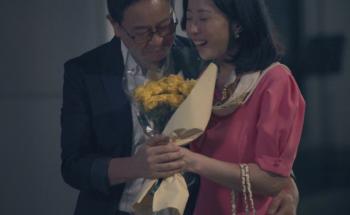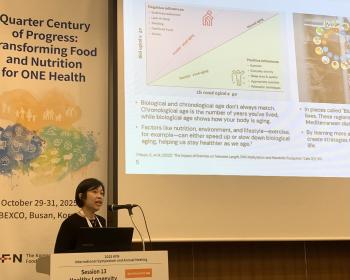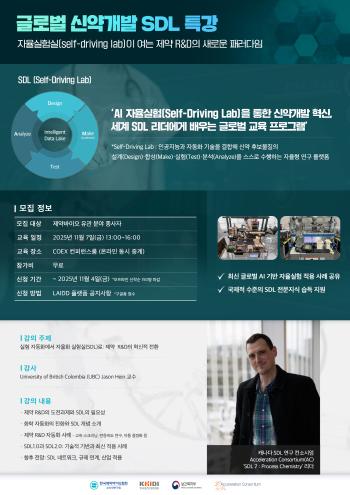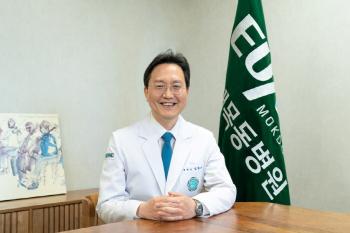Ultrasound treatment improves pain and function
Apr 30, 2025
Amid the active precision treatment of oriental medicine using ultrasound diagnostic devices, Jaseng Oriental Medicine Hospital announced on the 30th that it recently published a paper confirming the effectiveness of ultrasound-guided acupuncture treatment in the SCI(E)-level international academic journal 「'Medicine (IF=1.4))'.
Ultrasound tests are used as effective procedural aids in the field of oriental medicine due to their excellent practicality as well as safety because there is no risk of radiation exposure. The use of the device can reduce the risk of damage by visualizing major nerves and blood vessels, and can also maximize the treatment effect by performing acupuncture or acupuncture on the correct area.
In particular, herbal acupuncture is considered the most active treatment for ultrasound induction. Pharmacopuncture is a treatment that has a quick treatment effect by extracting and purifying the active ingredients of herbal medicines and injecting them into acupuncture. According to a previously published paper on a self-sustaining oriental medicine hospital, about 80% (267 people) of 335 oriental doctors who used ultrasound devices for treatment said they used ultrasound-guided methods the most when treating acupuncture, and more than 95% said there was no significant adverse reaction after treatment. In addition, 94% evaluated that the use of ultrasound devices improved the safety of treatment.
Meanwhile, a research team led by Lee Jin-ho, head of Jaseng Oriental Medicine Hospital, conducted a systematic literature review and meta-analysis to scientifically verify the clinical effect of ultrasound-guided herbal acupuncture treatment. Systematic literature review is a method of comprehensively reviewing research methods and results by systematically searching and collecting previously published studies according to selection criteria. Meta-analysis is a method of objectively deriving the treatment effect by statistically integrating and analyzing the data of the collected studies.
The research team searched a total of 11 academic databases for papers written in Korean, English, Chinese, and Japanese, and selected 16 out of 13,218 papers as the final analysis targets. Of these, nine randomized controlled studies were included in the meta-analysis, and a total of 685 patients were analyzed by dividing them into ultrasound-guided acupuncture treatment group, non-induced acupuncture treatment group, and general drug treatment group such as painkillers.
As a result of the analysis, the proportion of patients with pain improvement in all disease subjects was about 17% higher than that of the ultrasound-induced acupuncture group and 23% higher than that of the general treatment group. In particular, the proportion of patients who showed improvement in spinal disease was 27% higher in the ultrasound-guided acupuncture group than in the ultrasound-induced acupuncture group.
In the evaluation of the visual pain scale (VAS; 0-10) for spinal diseases, ultrasound-guided acupuncture treatment was 1.04 points ahead of the ultrasound-induced acupuncture group at 1 week immediately after treatment, and the pain reduction was even greater at 1 month and 3 months. ODI (0-100), which evaluates back dysfunction, also showed a significant effect in the ultrasound-guided acupuncture treatment group from 1 week to 3 months after treatment compared to the ultrasound-induced acupuncture treatment group. In particular, at one month of treatment, an average of 12.78 points was ahead. In addition, no serious side effects or adverse reactions were reported during the treatment process.
Lee Jin-ho, the director of the hospital, said, "Ultrasonic-guided acupuncture treatment is not only clinically significant in terms of pain relief and function improvement, but is also identified as a reliable treatment in terms of safety."We hope that large-scale randomized controlled studies will further increase the level of scientific evidence for ultrasound-guided oriental medicine treatment in the future."
Ultrasound tests are used as effective procedural aids in the field of oriental medicine due to their excellent practicality as well as safety because there is no risk of radiation exposure. The use of the device can reduce the risk of damage by visualizing major nerves and blood vessels, and can also maximize the treatment effect by performing acupuncture or acupuncture on the correct area.
In particular, herbal acupuncture is considered the most active treatment for ultrasound induction. Pharmacopuncture is a treatment that has a quick treatment effect by extracting and purifying the active ingredients of herbal medicines and injecting them into acupuncture. According to a previously published paper on a self-sustaining oriental medicine hospital, about 80% (267 people) of 335 oriental doctors who used ultrasound devices for treatment said they used ultrasound-guided methods the most when treating acupuncture, and more than 95% said there was no significant adverse reaction after treatment. In addition, 94% evaluated that the use of ultrasound devices improved the safety of treatment.
Meanwhile, a research team led by Lee Jin-ho, head of Jaseng Oriental Medicine Hospital, conducted a systematic literature review and meta-analysis to scientifically verify the clinical effect of ultrasound-guided herbal acupuncture treatment. Systematic literature review is a method of comprehensively reviewing research methods and results by systematically searching and collecting previously published studies according to selection criteria. Meta-analysis is a method of objectively deriving the treatment effect by statistically integrating and analyzing the data of the collected studies.
The research team searched a total of 11 academic databases for papers written in Korean, English, Chinese, and Japanese, and selected 16 out of 13,218 papers as the final analysis targets. Of these, nine randomized controlled studies were included in the meta-analysis, and a total of 685 patients were analyzed by dividing them into ultrasound-guided acupuncture treatment group, non-induced acupuncture treatment group, and general drug treatment group such as painkillers.
As a result of the analysis, the proportion of patients with pain improvement in all disease subjects was about 17% higher than that of the ultrasound-induced acupuncture group and 23% higher than that of the general treatment group. In particular, the proportion of patients who showed improvement in spinal disease was 27% higher in the ultrasound-guided acupuncture group than in the ultrasound-induced acupuncture group.
In the evaluation of the visual pain scale (VAS; 0-10) for spinal diseases, ultrasound-guided acupuncture treatment was 1.04 points ahead of the ultrasound-induced acupuncture group at 1 week immediately after treatment, and the pain reduction was even greater at 1 month and 3 months. ODI (0-100), which evaluates back dysfunction, also showed a significant effect in the ultrasound-guided acupuncture treatment group from 1 week to 3 months after treatment compared to the ultrasound-induced acupuncture treatment group. In particular, at one month of treatment, an average of 12.78 points was ahead. In addition, no serious side effects or adverse reactions were reported during the treatment process.
Lee Jin-ho, the director of the hospital, said, "Ultrasonic-guided acupuncture treatment is not only clinically significant in terms of pain relief and function improvement, but is also identified as a reliable treatment in terms of safety."We hope that large-scale randomized controlled studies will further increase the level of scientific evidence for ultrasound-guided oriental medicine treatment in the future."
|
This article was translated by Naver AI translator.
